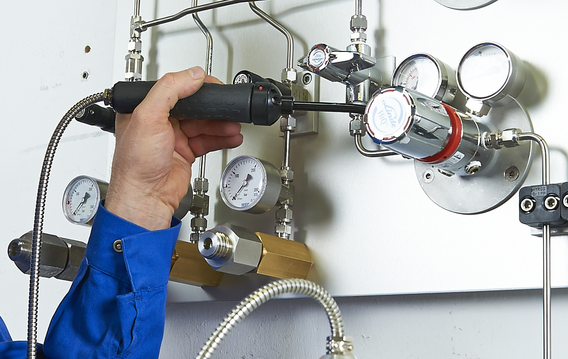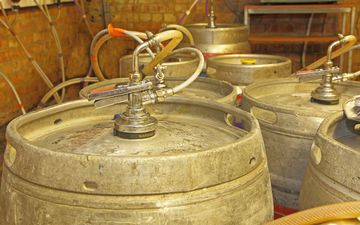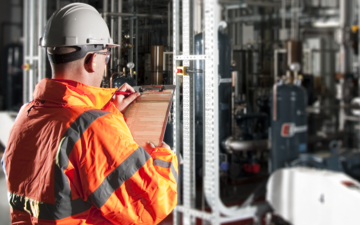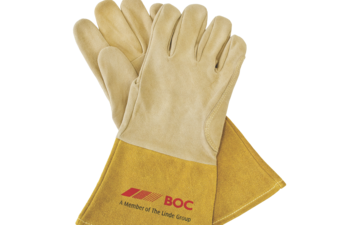Dispense Gas Leaks
BOC understands that, while clearly vital to hospitality, CO2 and nitrogen can be hidden dangers to health
If you do not have a BOC supplied CO2 monitor you should follow your internal safety procedures.
Lastly, if you have not done so already, call your gas supplier to report the incident and gain advice.
If you should feel any effects of increased CO2 levels, leave the area immediately. Seek medical advice if needed.
Important: If you find someone unconscious and suspect this is due to a higher than normal level of CO2 DO NOT enter the area and contact the emergency services immediately.




